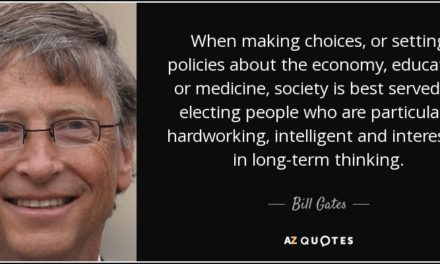From Governing:
By Stephen Goldsmith:
Public officials face constant and daunting challenges in solving everyday problems as the crisis of the day crowds out the time to tackle larger issues. Moving forward on these broader issues requires a process and an operation separate from those responsible for day-to-day responsibilities. Good leadership requires that the success of one approach does not preclude the attainment of the other.
Recently I met with Louisville, Ky., Mayor Greg Fischer, who comes from a successful entrepreneurial background that greatly influences his public work. Fischer spoke with pride about the performance of his city’s workforce. He advocates for a range of continuing improvements in ongoing projects, such as those driven and informed by LouieStat, his city’s version of the now ubiquitous “citistat” management technique pioneered in New York City.
But while Fischer makes a strong case for the need for this kind of constant attention to customer-oriented, performance-measured improvement, he also is convinced that the journey from there to a readiness for more-disruptive change requires a cultural transformation. For Louisville, he sees the beginning of that in the establishment, thanks to a Bloomberg Philanthropies grant, of a dedicated innovation-delivery unit in the mayor’s office. As evidence of his commitment to this approach, Fischer has merged the innovation unit with the city’s economic-development operation, naming fellow entrepreneur Ted Smith to lead the combined effort as the city’s director of innovation.
In the business world, as Harvard Professor Clay Christensen details in his classic book “The Innovator’s Dilemma,” disruptive technologies — cheaper, faster, simpler versions of the dominant product on the market — will repeatedly emerge, presenting huge opportunities for competitors to take over a market. So how does this idea apply to government?
In two sessions with public-sector officials at Harvard recently, Christensen asserted that, as in business, disruption of the status quo in government will need to come from a dedicated group or separate delivery system operating outside of the mainstream of day-to-day activities. Although we do not generally think of this as occurring in government, several examples come to mind: For example, many city and state officials contract out work to a quasi-governmental or private organization closely linked with elected officials, as in Ohio Gov. John Kasich’s approach to economic development. This allows a government to set up a nimble, dedicated entity free of established bureaucracy.
Another disruptive approach occurs when officials allow private-sector firms to bid against city or state workers for delivery of services. We see this in action with charter schools and with managed competition, as was recently done with trash collection by Chicago Mayor Rahm Emanuel and with other services by San Diego Mayor Jerry Sanders.
When I started as mayor of Indianapolis, I set up a separate group inside the mayor’s office to be such a catalyst for change. This group conducted managed competitions between public employees and the private sector, introduced new approaches such as activity-based costing, and generally rooted around city government in search of bold new ways of accomplishing public responsibilities. Its sole focus was challenging the status quo.
New York Mayor Michael Bloomberg has institutionalized several such sources of innovative energy, each of them focused on a specific mission, such as sustainability, operations or social-support services. Each of these entities reports to him, and each is able to promote projects–particularly disruptive ones–across agency lines. It’s this approach that drives the important work of the mayor’s Bloomberg Philanthropies in its grants to Louisville and four other cities to set up the dedicated innovation-delivery teams.
One important element in providing this disruptive environment is enlisting local residents as part of it. Both Seattle and Louisville, for example, have committed to opening up their data, building application programming interfaces that make it possible for the public and the start-up community to develop solutions at little or no cost to the taxpayers. Seattle’s OneBusAway app is a product of such an initiative, and Louisville is making the most of this approach with events such as its Transportation Camp and its Bluegrass Code-a-Thon.
Innovating in a government bureaucracy does not come easily, no matter how dedicated the elected official might be. The experiences of Louisville and other cities suggests that a relentless attention to building a culture of customer-oriented performance combined with the deployment of a new structure dedicated to innovation can indeed unlock excellence.



